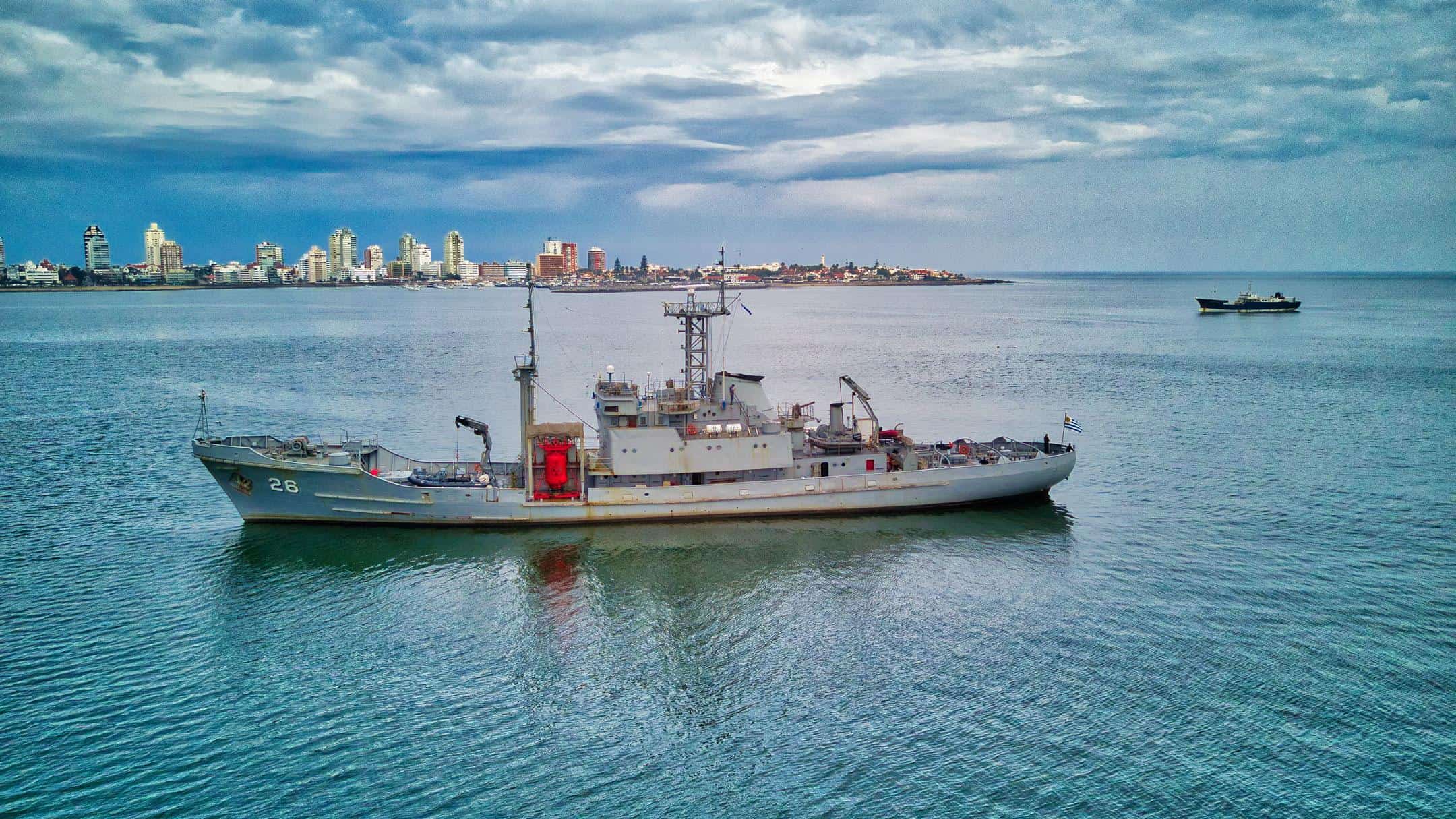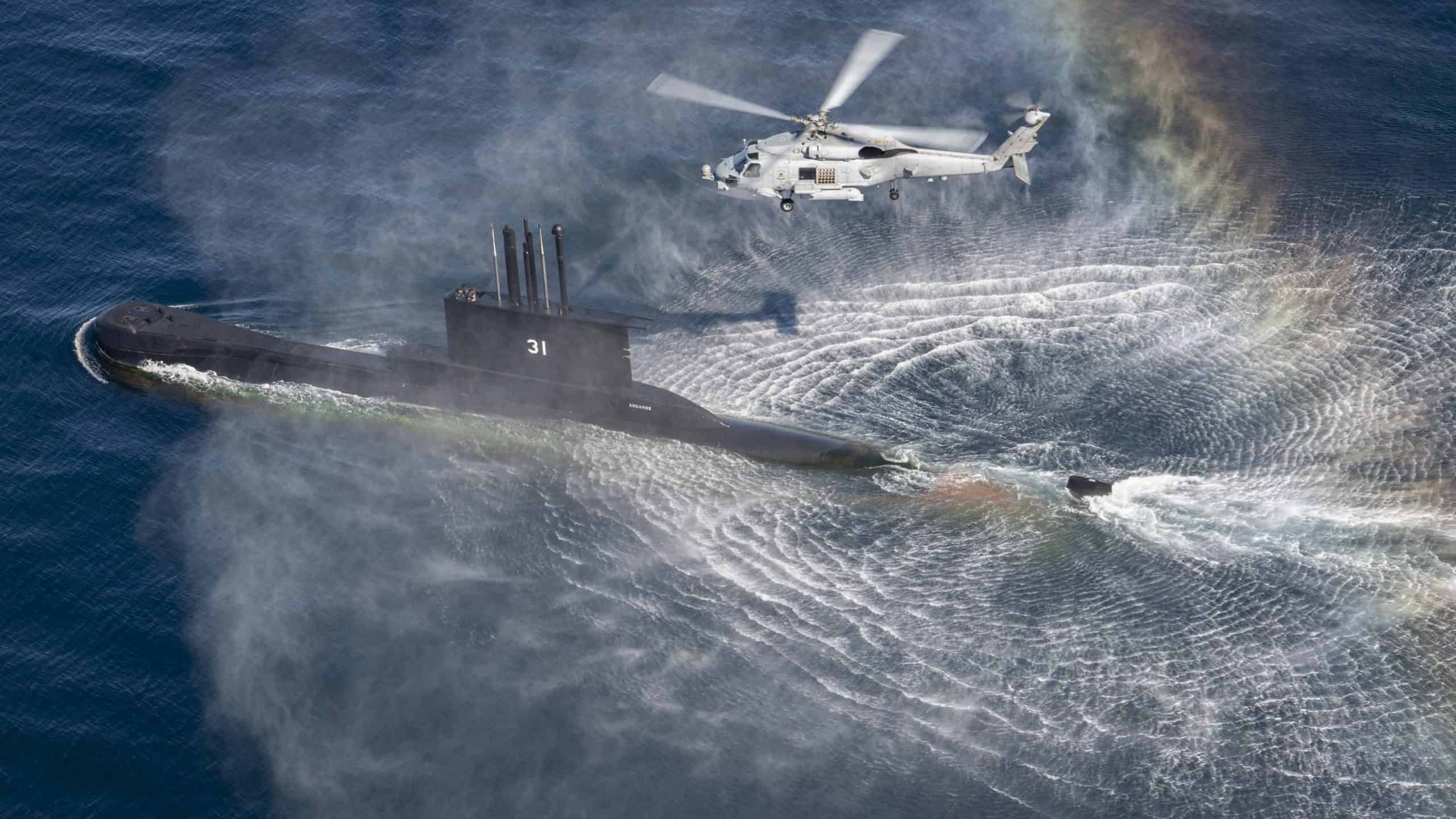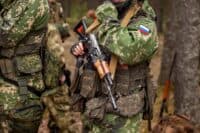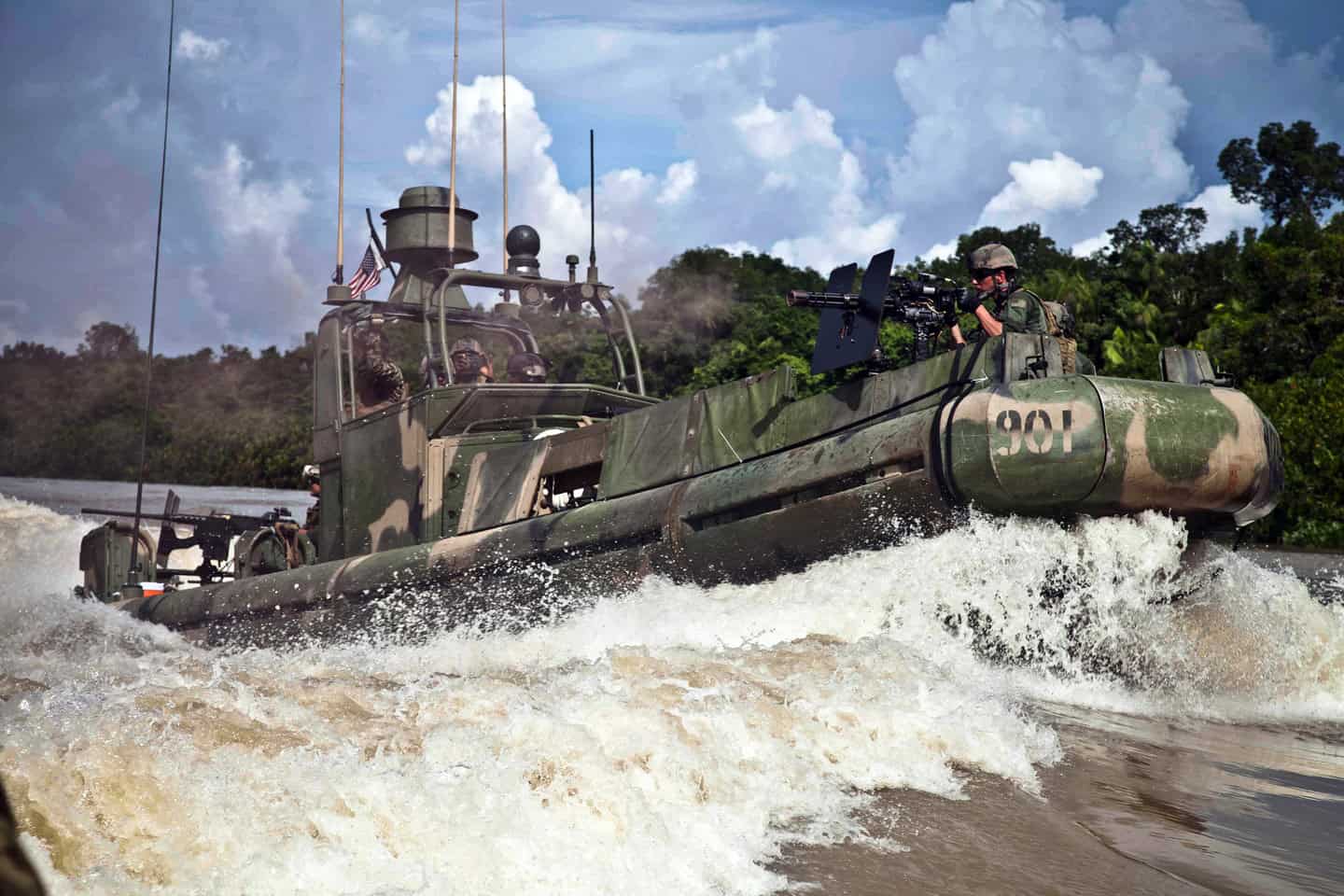
24/7 Wall St. Insights:
- Brazil does not have the largest navy in South America, that honor belongs to Colombia
- Colombia’s navy operates a wide range of vessels including frigates, corvettes, and submarines; however, its main force is made up of offshore patrol vessels
- Much of the makeup of Colombia’s navy can be attributed to the nation’s goal of eliminating the drug trade and smuggling
- Also: Dividend Legends to Hold Forever
While it might come as a shock, Brazil does not own the largest military on the South American continent. It might have the most aircraft or tanks, but the title of largest navy belongs to Colombia. (These are the 20 strongest navies on Earth, compared.)
The Colombian Navy is a key enforcer in protecting its 1,800 coastline that spans from the Caribbean Sea to the Pacific Ocean. The navy operates a wide range of vessels including frigates, corvettes, and submarines. However, its main force is made up of offshore patrol vessels. (These countries own the most military submarines, see where the U.S. ranks.)
Much of the makeup of Colombia’s navy can be attributed to the nation’s goal of eliminating the drug trade. These smaller offshore patrol vessels make it easier for the Colombian Navy to interdict along its coastline as smugglers are looking to move their goods up through Central America.
Outside of this, the navy plays an important role in humanitarian efforts and disaster relief. These vessels also maintain security on the interior of the country, along Colombia’s river networks.
Colombia is just one of the powerhouses that make up the South American naval scene, and 24/7 Wall St. is taking a closer look at all of them.
To identify the South American countries with the most military ships and submarines, 24/7 Wall St. reviewed 2024 Military Strength Ranking from Global Firepower, an annually updated defense-related statistics website with information on 145 countries. Countries were ranked on the total number of military ships and submarines in their fleet. We included supplemental information regarding submarines, aircraft carriers, destroyers, corvettes, patrol vessels, and frigates, as well as each country’s overall military strength score. We excluded countries that did not have any naval vessels.
Here is a look at the largest navies in South America:
Why Are We Covering This?
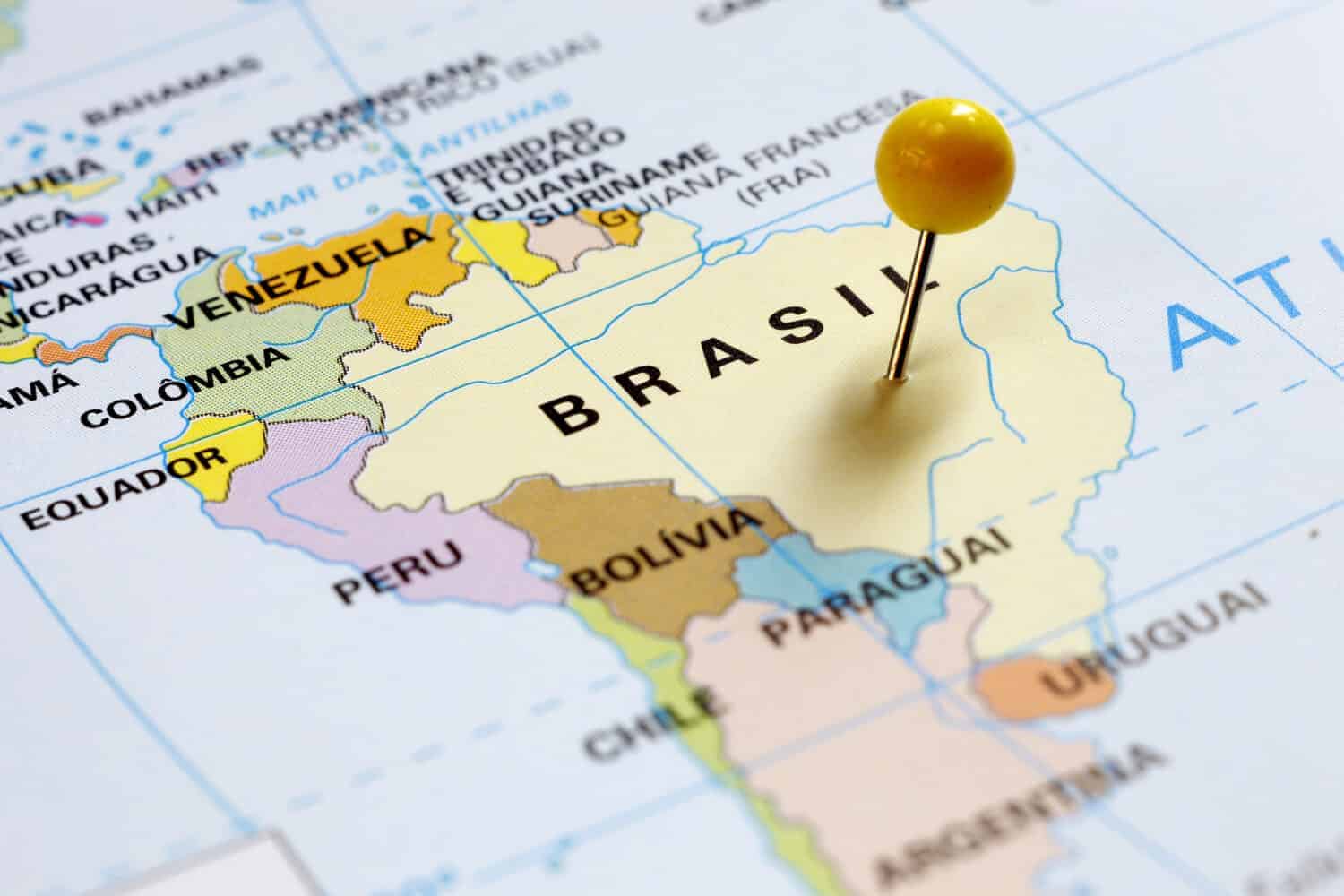
Understanding the military dynamics of South America is important considering the region’s evolving geopolitical landscape and its strategic importance. Historically, South America has experienced internal conflicts and border tensions, but its military presence is now key in maintaining regional stability and security.
9.Uruguay
- Total naval vessels: 11
- Frigates: 0
- Corvettes: 0
- Destroyers: 0
- Submarines: 0
- Patrol vessels: 1
- Mine warfare: 2
- Military strength score: 1.9695 – #96 out of 145
Currently, Uruguay ranks as the smallest navy in South America with only 11 vessels to its name. The Navy is known as the Armada Nacional and it only has about 410 miles of coastline to patrol, so the need for a sizable force is not necessary.
In the 20th century, Uruguay was subject to military rule, most notably during the Bordaberry dictatorship starting in 1973, when the military seized control of the government in response to political instability. Democracy was restored in 1985, and like Suriname, the government moved to reduce the influence of the military.
One of the main shifts from the militaristic rule was repurposing Uruguay’s armed forces to a more passive and defensive role. Instead of trying to project power, Uruguay’s military is typically more involved in disaster relief, peacekeeping missions, and internal security.
8.Suriname
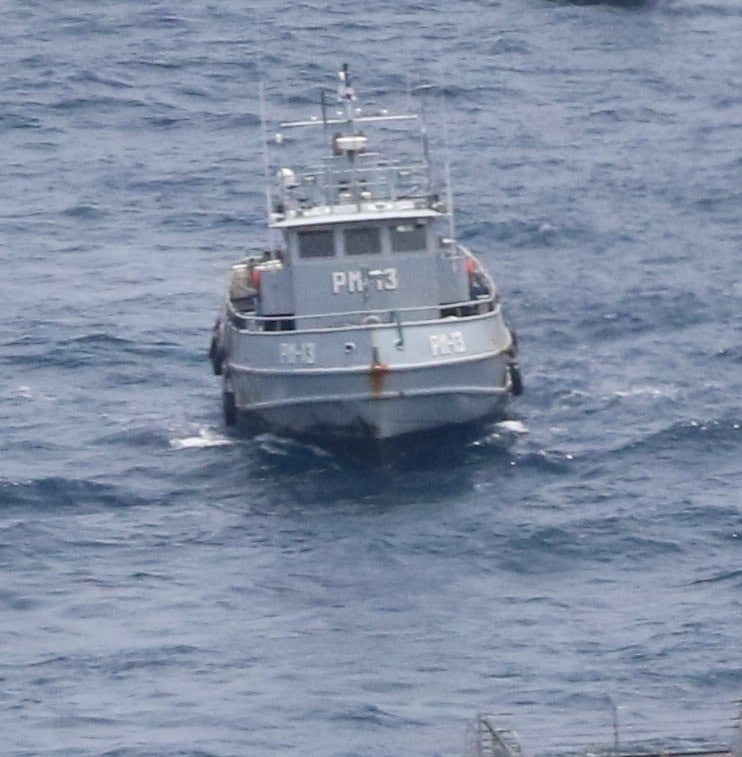
- Total naval vessels: 16
- Frigates: 0
- Corvettes: 0
- Destroyers: 0
- Submarines: 0
- Patrol vessels: 16
- Mine warfare: 0
- Military strength score: 3.9038 – #143 out of 145
Like Uruguay, Suriname does not have that great of a naval force. For a country of 600,000 people and an active military force totaling around 2,000, the navy is modest as well. The country only has about 250 miles of coastline to patrol, so a bulky force is not needed to cover this distance.
Despite not mustering a sizable military force, the rule of the people persists. However, what forces Suriname does have train with U.S. Armed forces, notably the South Dakota National Guard as part of a State Partnership Program.
It should be noted that Suriname’s military history was largely shaped by its colonial past, only gaining independence from the Netherlands in 1975. The country came under civilian rule for a few years, but a military coup in 1980, known as the “Sergeants Coup”, reshaped the government and marked the beginning of military rule for some time. It would not be the only coup, but it would impact how the people view the military for years to come.
After returning to democratic rule in the 1990s, Suriname looked to decrease the military’s influence, which explains the state of its military today.
7.Ecuador
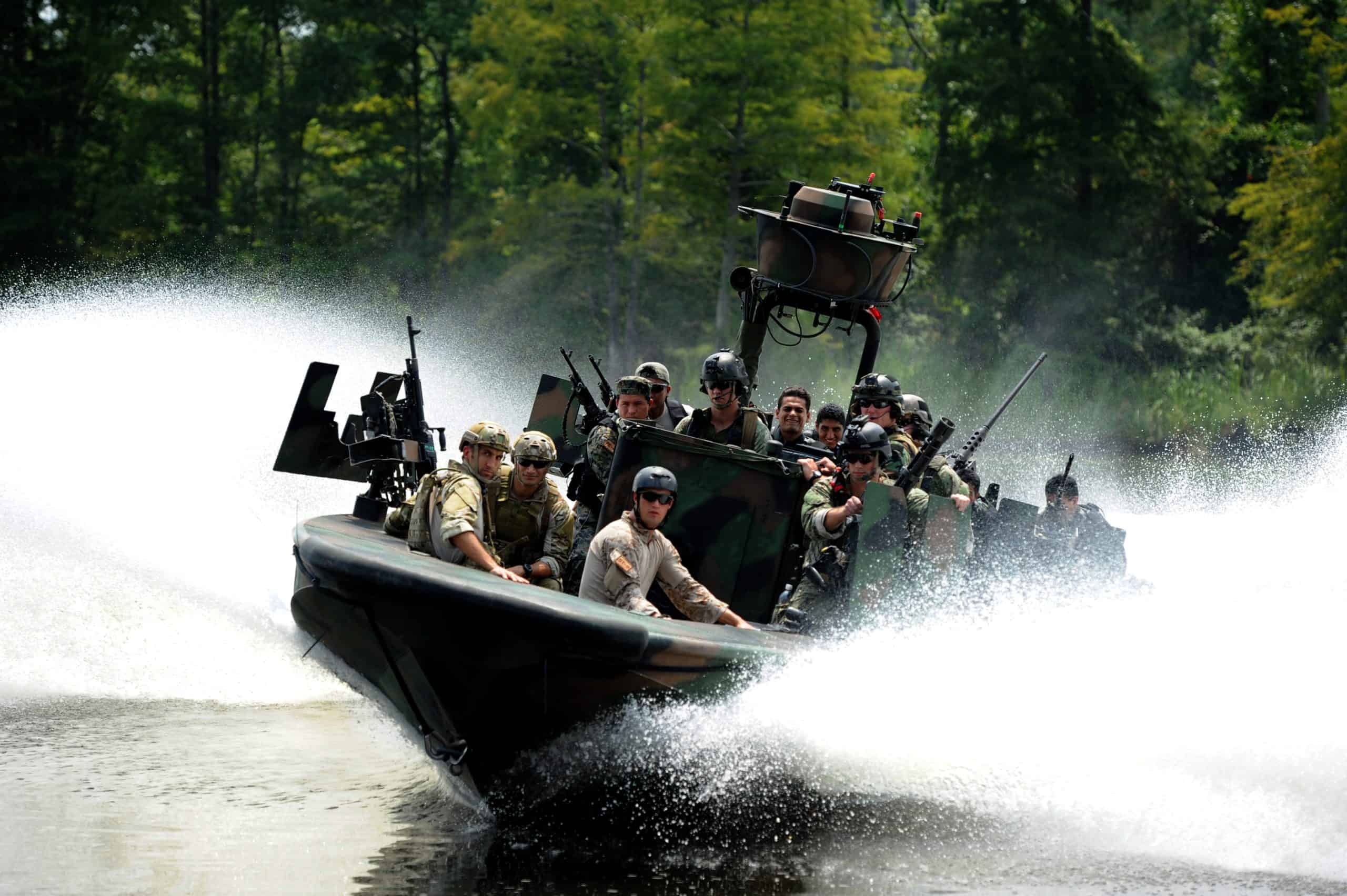
- Total naval vessels: 27
- Frigates: 2
- Corvettes: 6
- Destroyers: 0
- Submarines: 2
- Patrol vessels: 5
- Mine warfare: 0
- Military strength score: 1.2388 – #72 out of 145
The Amarda del Ecuador is responsible for patrolling the nation’s extensive 1,400 mile coastline along the Pacific Ocean. Although Ecuador only has 27 naval vessels, it has two frigate-class ships and two submarines, which are more than what most countries in the world can boast.
It should be noted that having access to submarines is somewhat rare on the world stage, just over 40 countries have access to them in a military capacity.
Ecuador makes good use of its vessels, and does joint training exercises with U.S. forces as well as other national militaries within the region. Joint efforts include cracking down on smuggling and illegal fishing, as well as defending territorial waters.
Throughout the 20th century, Ecuador experienced multiple military coups, most notably in 1972 when General Guillermo Rodríguez Lara took control of the government. His rule lasted until 1979, when the country shifted back to democratic rule. However, like many other South American countries, the people were wary of military power.
Today, the main responsibilities of Ecuador’s military are protecting its national sovereignty, addressing security threats like drug trafficking, and providing disaster relief where needed.
6.Venezuela
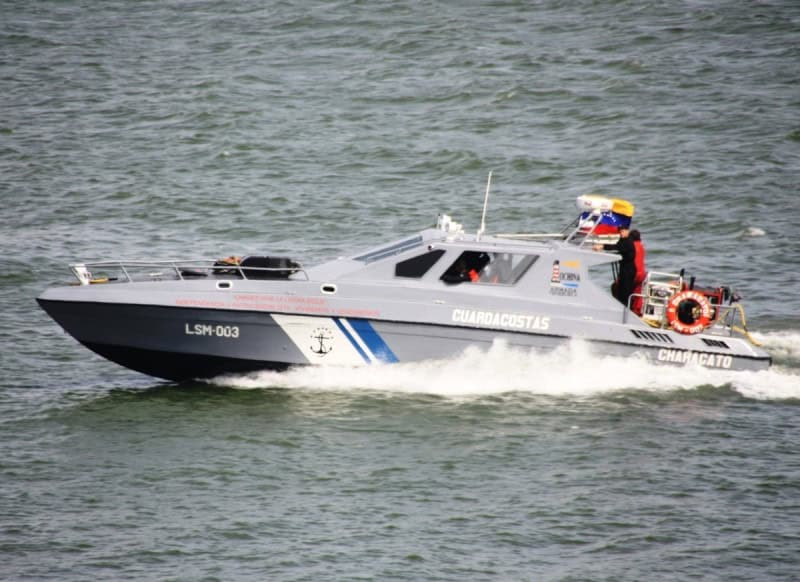
- Total naval vessels: 32
- Frigates: 0
- Corvettes: 0
- Destroyers: 0
- Submarines: 2
- Patrol vessels: 29
- Mine warfare: 0
- Military strength score: 0.9447 – #57 out of 145
Venezuela’s navy plays a unique role in protecting the country’s offshore oil infrastructure. It is heavy with offshore patrol vessels and even has a few submarines at its disposal.
This country in particular is an interesting case study in militaries in South America. Some might argue that Venezuela is still under military rule, and that it has not returned to democratic rule like other nations on the continent.
Although the country had returned to democratic rule in the 1950s after suffering a number of coups and instability, it would ultimately revert back in 1999 when Hugo Chavez rose to power. Chavez was a former military officer and gained popularity with the citizenry, enough to create a citizen militia that blurred the lines between politics and military.
Chavez’s successor, Nicolas Maduro, is currently in power and he is seeking a third term as the President of Venezuela. Again, critics will argue the electoral process in Venezuela is less than transparent. However, one thing Maduro has done is grow the military.
5.Argentina
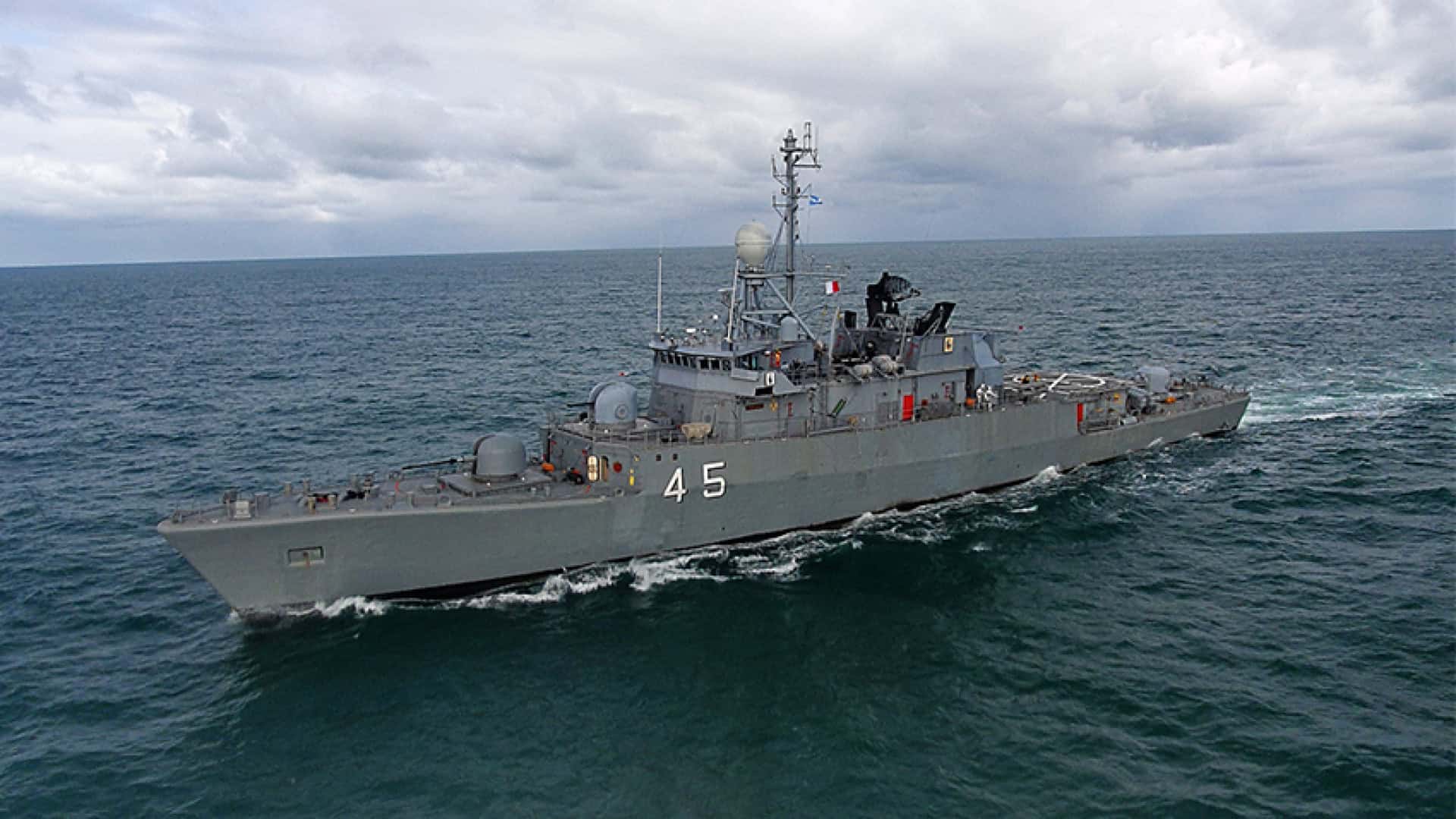
- Total naval vessels: 41
- Frigates: 0
- Corvettes: 9
- Destroyers: 4
- Submarines: 2
- Patrol vessels: 13
- Mine warfare: 0
- Military strength score: 0.3823 – #28 out of 145
The Armada de la República Argentina (ARA) is one of the larger and more advanced naval forces in South America. It is responsible for protecting the country’s 2,900-mile coastline in the South Atlantic. The fleet of the ARA consists of corvettes, destroyers, and submarines. Many of these vessels are manufactured domestically like the MEKO 140 series corvettes and the MEKO 360 series destroyers.
Throughout the 20th century, Argentina suffered through multiple wars and dictatorships. This largely crafted how the Argentine Armed Forces handles itself today.
One of the most infamous instances was the Dirty War that took place from 1976 to 1983. General Jorge Rafael Videla overthrew the government and, through the military, targeted people it suspected of opposing the government, resulting in the disappearance, torture, and death of thousands. This was part of a larger collaboration, Operation Condor, between dictatorships across the continent.
Ultimately, this dictatorship would come crashing down when Argentina fought the Falklands War against the United Kingdom. The defeat was a major blow to the dictatorship and resulted in the people turning against the government and back towards democratic rule. With this push, the military waned in influence in the decades to come.
4.Peru
- Total naval vessels: 69
- Frigates: 7
- Corvettes: 8
- Destroyers: 0
- Submarines: 4
- Patrol vessels: 13
- Mine warfare: 0
- Military strength score: 0.8475 – #53 out of 145
Peru’s navy, the Marina de Guerra del Peru, is another fairly strong mix of ships and submarines. Peru boasts 7 frigates, 8 corvettes and 4 submarines in its ranks. These vessels defend the nation’s 1,500 mile coastline along the Pacific Ocean.
Peru has a long military history, including several coups and times of military rule. These events helped shape the Peruvian Armed Forces into what they are today, with more of a focus on security and defense. Even though the military now has a smaller role, it is still one of the stronger forces in South America.
General Juan Velasco Alvarado held power over the country between 1968 and 1980, ultimately implementing land reforms and nationalizing key industries. Ironically, Velasco was overthrown in another military coup by General Francisco Morales Bermudez, who actually moved the country back towards a democracy.
In recent decades, the Peruvian military was involved in counterinsurgency operations, notably against the Shining Path, a far-left guerilla group. While the government eventually cut down the group’s influence, the Peruvian military continues to combat what’s left of the group in remote areas of the country. Outside of that, Peru’s military primarily operates in peacekeeping missions and disaster relief.
3.Chile
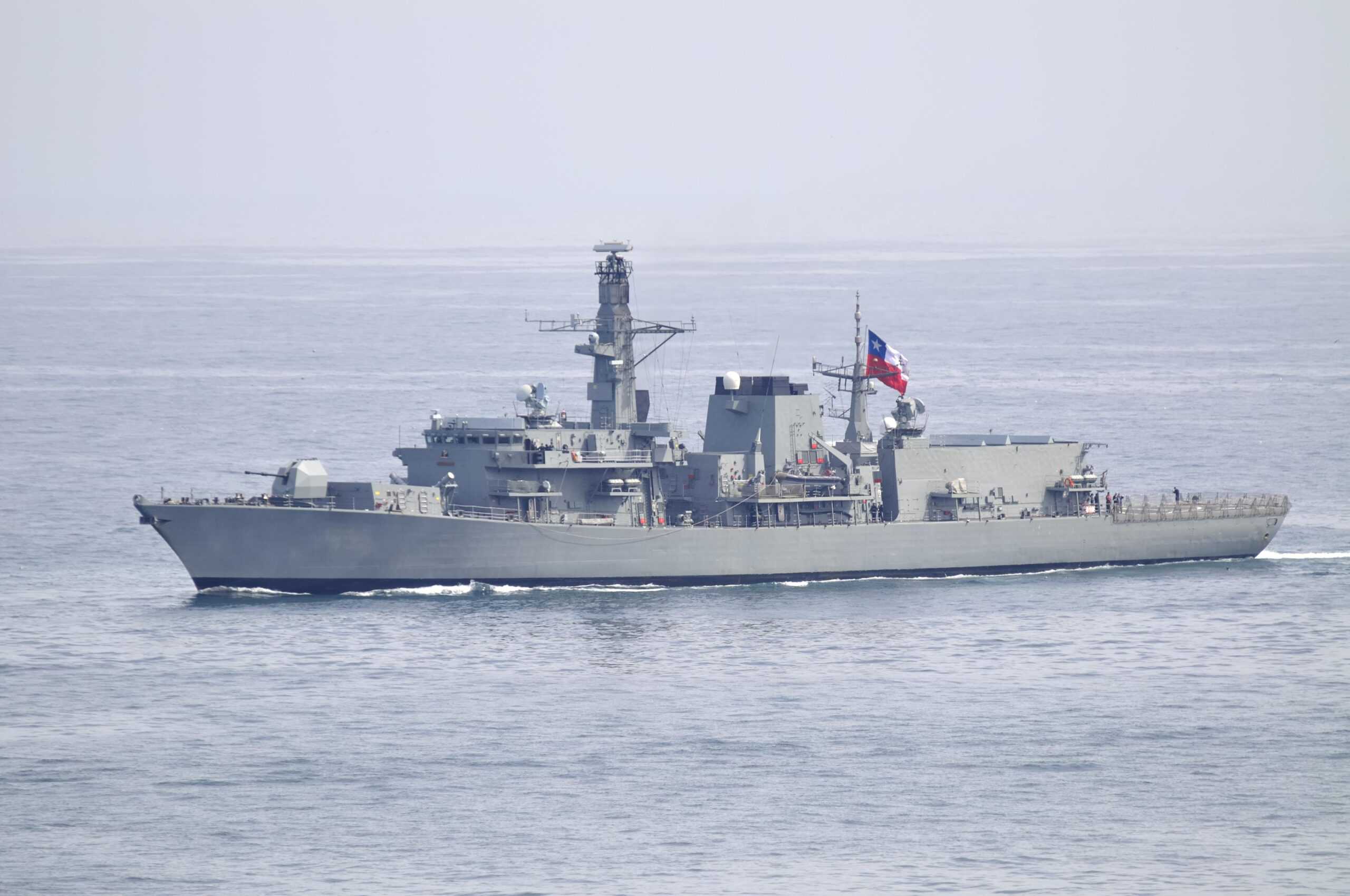
- Total naval vessels: 130
- Frigates: 8
- Corvettes: 0
- Destroyers: 0
- Submarines: 4
- Patrol vessels: 40
- Mine warfare: 0
- Military strength score: 0.8128 – #52 out of 145
Chile is home to one of the largest navies on the South American continent, as well as the largest coastline over 4,000 miles. The Armade de Chile operates 8 frigates and a horde of offshore patrol vessels to keep its coastline safe. Much like its neighbors, Chile has an interesting history of military and politics.
Known as one of the most brutal dictators of South America, General Augusto Pinochet took control of the Chilean government in 1973. Pinochet ruled as a military dictator until 1990, with many human rights abuses and political repression. The military also saw a massive expansion during this time adding tanks and aircraft to its arsenal.
Pinochet was also famous for his involvement in Operation Condor, where dictatorships across the continent moved to snuff out or suppress their political rivals in a collaborative effort. This covert operation would ultimately strengthen the military’s grasp over Chile and any dissidents that might oppose it.
After Pinochet lost power in 1990, the military was relegated to a much lesser role. Since then, the military has focused more on national security as well as disaster relief, especially since Chile is prone to natural disasters like earthquakes and tsunamis.
2.Brazil
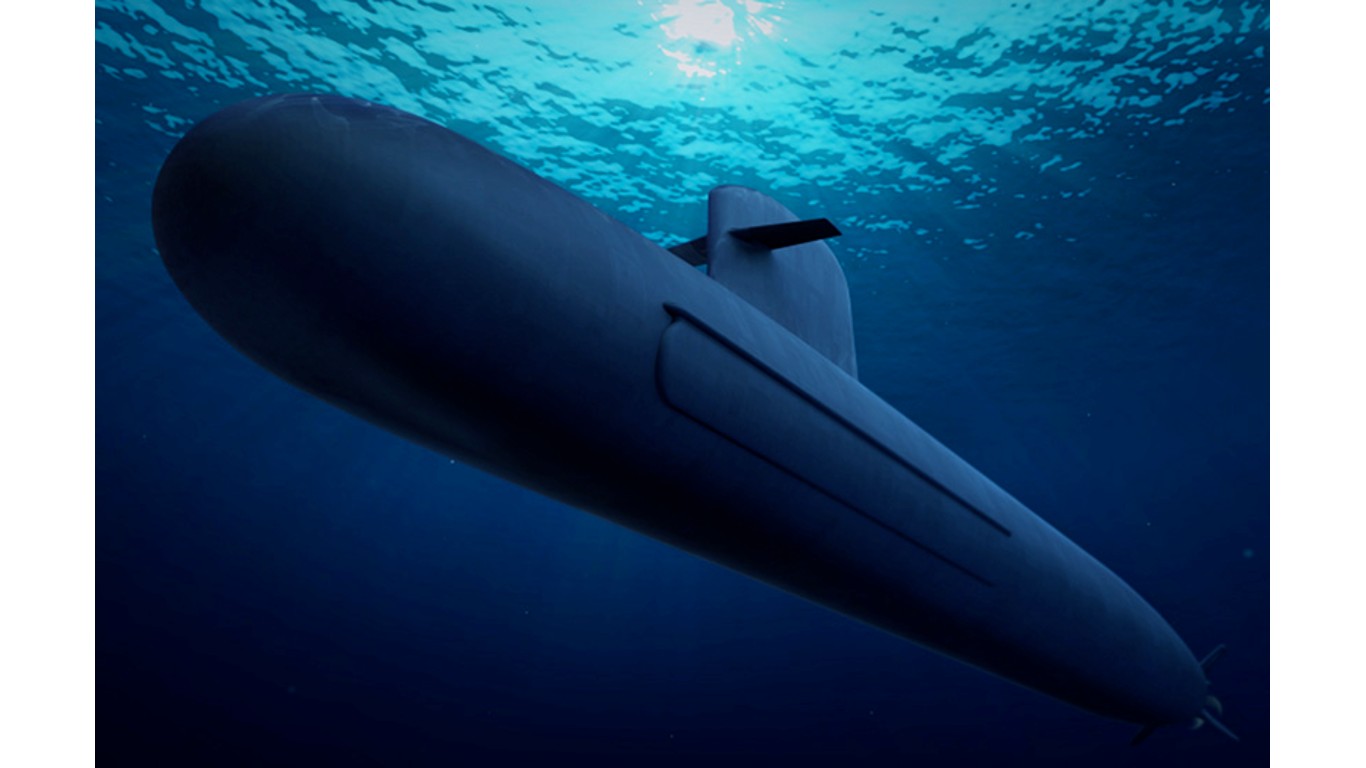
- Total naval vessels: 134
- Helicopter carriers: 1
- Frigates: 6
- Corvettes: 2
- Destroyers: 0
- Submarines: 4
- Patrol vessels: 23
- Mine warfare: 5
- Military strength score: 0.1944 – #12 out of 145
The Brazilian Navy is one of the most powerful naval forces in South America. It is home to the only helicopter carrier on the continent. It also has a handful of frigates, corvettes, and submarines at its disposal. Brazil is currently in the process of acquiring a nuclear submarine as well.
Out of all the countries in South America, Brazil is considered to have the strongest military force. Officially known as the Brazilian Armed Forces, it consists of three branches, Army, Navy, and Air Force. Like every other nation on this list, Brazil had its brush with coups and military dictatorships.
One of the most important periods in time for this country began in 1964, when the military took control of the government. In the wake of the coup, the military regime carried out countless human rights abuses and censored its people. By 1985, Brazil returned to a civilian government but unlike its neighbors, the military still held significant sway for some time.
Now, Brazil’s military is primarily focused on national defense. It has conducted peacekeeping missions with the United Nations to countries like Haiti and Lebanon. The military also works to protect the Amazon rainforest from illegal activities like deforestation or drug trafficking.
1.Colombia

- Total naval vessels: 237
- Frigates: 9
- Corvettes: 2
- Destroyers: 0
- Submarines: 4
- Patrol vessels: 219
- Mine warfare: 0
- Military strength score: 0.7347 – #44 out of 145
Colombia boasts the largest navy of any country in South America with a total of 237 naval vessels. The vast majority of this force are patrol vessels, but it does have a handful of frigates, corvettes, and submarines like the other top powers on the continent. Outside of this naval force, Colombia is also home to one of the largest armies in South America as well.
Colombia has over 2.700 military vehicles and over 290,000 active military personnel. Unlike other countries on this list, it reportedly has no tanks or MLRS units.
Colombia’s military has played a significant role in shaping the country’s politics, and even now it is one of the largest forces in South America. While other nations are mainly focused on peacekeeping and national security, Colombia has a very distinct focus on counterinsurgency and jungle warfare.
For decades Colombia’s military has been fighting against far-left guerrilla groups like the FARC and ELN. The military has been in conflict with FARC since the 1960s, until recently when the group signed a peace agreement and disbanded. The ELN still continues to carry out attacks, and is considered to be one of the last guerrilla groups active in Colombia.
Currently, Colombia’s military continues to fight drug cartels and protect its borders. While it does some international peacekeeping missions, its focus is mainly internal.
Take Charge of Your Retirement In Just A Few Minutes (Sponsor)
Retirement planning doesn’t have to feel overwhelming. The key is finding expert guidance—and SmartAsset’s simple quiz makes it easier than ever for you to connect with a vetted financial advisor.
Here’s how it works:
- Answer a Few Simple Questions. Tell us a bit about your goals and preferences—it only takes a few minutes!
- Get Matched with Vetted Advisors Our smart tool matches you with up to three pre-screened, vetted advisors who serve your area and are held to a fiduciary standard to act in your best interests. Click here to begin
- Choose Your Fit Review their profiles, schedule an introductory call (or meet in person), and select the advisor who feel is right for you.
Why wait? Start building the retirement you’ve always dreamed of. Click here to get started today!
Thank you for reading! Have some feedback for us?
Contact the 24/7 Wall St. editorial team.
